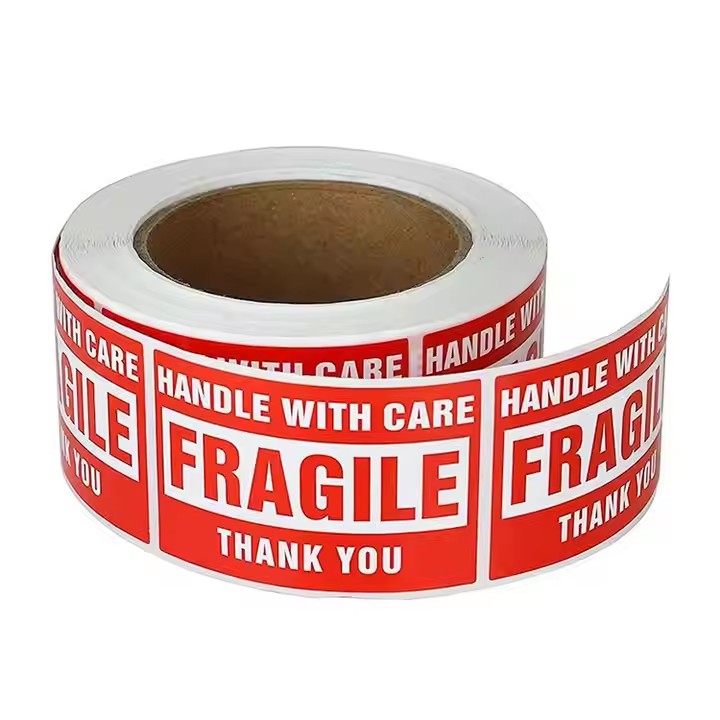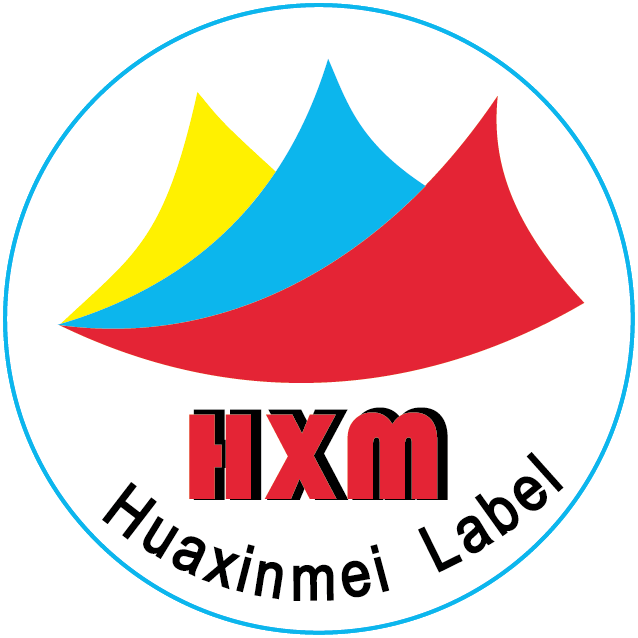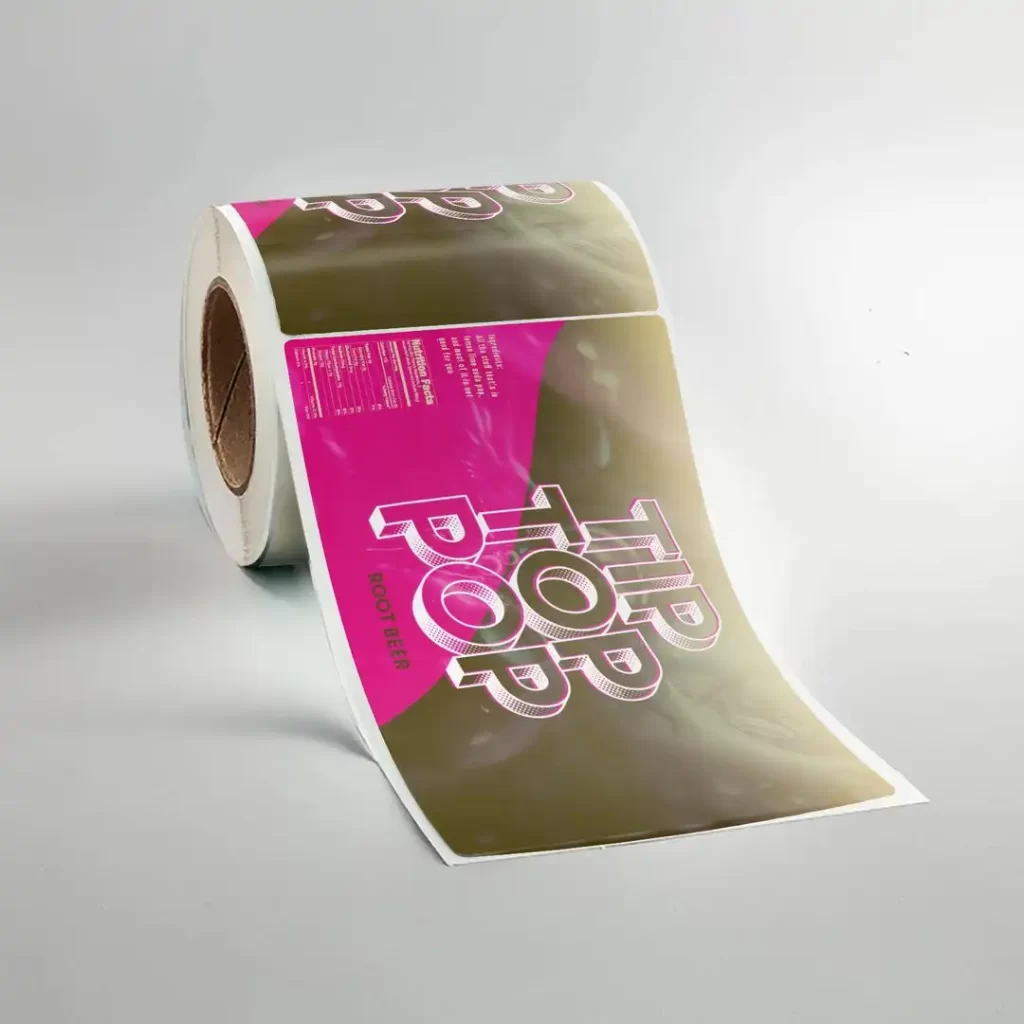Material Selection
In terms of material selection, manufacturers concerned with the environmental impact of box packaging aim to use as many recyclable materials as possible. Paper is one of the most common environmentally friendly packaging materials. Using paper made from recycled fibers to produce boxes significantly reduces the reliance on raw wood. For example, corrugated cardboard is made from a combination of linerboard and fluted paper, and it has excellent strength and cushioning properties, with a high recycling rate. Many e-commerce product shipments use corrugated cardboard boxes, which can be recycled and processed into new cardboard products after use.
Regarding the production of materials, plastic can also be recycled. When using plastic materials, it’s best to choose recyclable types like PET (Polyethylene Terephthalate) and HDPE (High-Density Polyethylene). PET is commonly used for clear packaging of food and beverages because of its good barrier properties and transparency. Recycled PET can be turned into fibers for the textile industry or made into new plastic packaging. The reuse of paper and plastic materials allows these eco-friendly materials to develop sustainably.
Another eco-friendly material is metal. Both aluminum and steel are recyclable packaging materials. Aluminum packaging is lightweight and has excellent barrier properties, commonly used for packaging food and pharmaceuticals. The recycling process for aluminum is relatively simple, consumes less energy, and recycled aluminum can be reused countless times to produce new aluminum products.

Renewable Materials
Factories also select materials such as bamboo, which is a rapidly growing renewable resource with a much shorter growth cycle than trees. Bamboo fibers can be used to make boxes, and bamboo boxes have a natural, aesthetically pleasing appearance and are also strong. For instance, some high-end gift boxes are made from bamboo, embodying environmental concepts while enhancing the product’s quality. Bamboo boxes are sturdy, durable, and visually attractive. Bamboo also contributes to sustainability by offering a long-lasting usage cycle.
Another option is using plant fiber composite materials, where agricultural waste like crop straw is mixed with biodegradable resins to create composite materials for box production. These materials can decompose naturally after disposal, reducing solid waste accumulation. Straw, being agricultural waste, can be used to make paper, thus helping reduce air pollution caused by straw burning. This process also supports sustainability, benefiting both box production and label paper production.

Biodegradable Materials
Bioplastics, such as Polylactic Acid (PLA), are biodegradable plastics made from renewable plant resources like corn and cassava. PLA can be used to produce various box packaging, and it can decompose into carbon dioxide and water under composting conditions. Some food packaging and disposable cutlery have already started using PLA materials to reduce dependence on traditional plastics. Using biodegradable materials helps reduce plastic pollution and is a step toward protecting the land from contamination.
Additionally, paper coatings can also meet environmental standards. Some paper packaging uses biodegradable coatings to enhance water resistance, moisture resistance, and other properties. For example, natural wax coatings or plant-based adhesive coatings are used, and these coatings decompose naturally in the environment.

Environmental Measures in the Production Process
To improve energy efficiency, manufacturers should upgrade their equipment and use energy-efficient production machinery. For example, adopting new paperboard forming machines with variable-speed motors allows for automatic power adjustments according to production needs, reducing energy waste. Regular maintenance and upkeep of production equipment are also crucial to ensure optimal operation and maximize energy efficiency.
Optimizing the production process can also promote environmental friendliness. By carefully planning the production flow, manufacturers can minimize unnecessary transportation and idle time for machines. For instance, through lean manufacturing principles, paperboard printing, die-cutting, folding, and other processes can be closely linked, allowing the boxes to move efficiently through the production line, thus reducing overall energy consumption. For box manufacturers, eliminating redundant production steps reduces paper waste and minimizes pollution. When printing, manufacturers should select eco-friendly inks, such as water-based inks, which use water as a solvent, reducing volatile organic compound (VOC) emissions and lessening air pollution. Similarly, during the box gluing process, using solvent-free or water-based adhesives that do not contain harmful chemicals and do not release toxic gases during curing can further contribute to environmental protection.
Furthermore, manufacturers can recycle scrap paper from production. For example, by collecting the offcuts from corrugated cardboard, they can be processed into pulp and reused for making new paper products, thereby increasing material utilization and reducing waste.

Environmental Concepts in Packaging Design
In line with environmental design principles, manufacturers aim to reduce material usage without compromising packaging functionality. For example, by optimizing the structure of boxes, using appropriate wall thickness and reinforcing ribs, boxes can support product weight and withstand shipping pressure without excessive use of packaging materials. For lighter products, such as electronic accessories or small snacks, designers can create lightweight paper boxes, reducing overall packaging weight and minimizing energy consumption during transportation.
Multi-functional box designs can also help reduce waste. For example, some cosmetic brands design gift boxes as decorative storage boxes, allowing consumers to repurpose them for storing jewelry or small items after use. This design extends the lifespan of the box and reduces packaging waste. High-end products like cosmetics, skincare, or tea packaging often use boxes that can be repurposed, encouraging consumers to embrace environmental concepts.
A versatile design can meet various consumer needs. For instance, boxes that can be used for cosmetics or household items not only solve the consumer’s packaging problem but also provide a sustainable solution to packaging waste.



